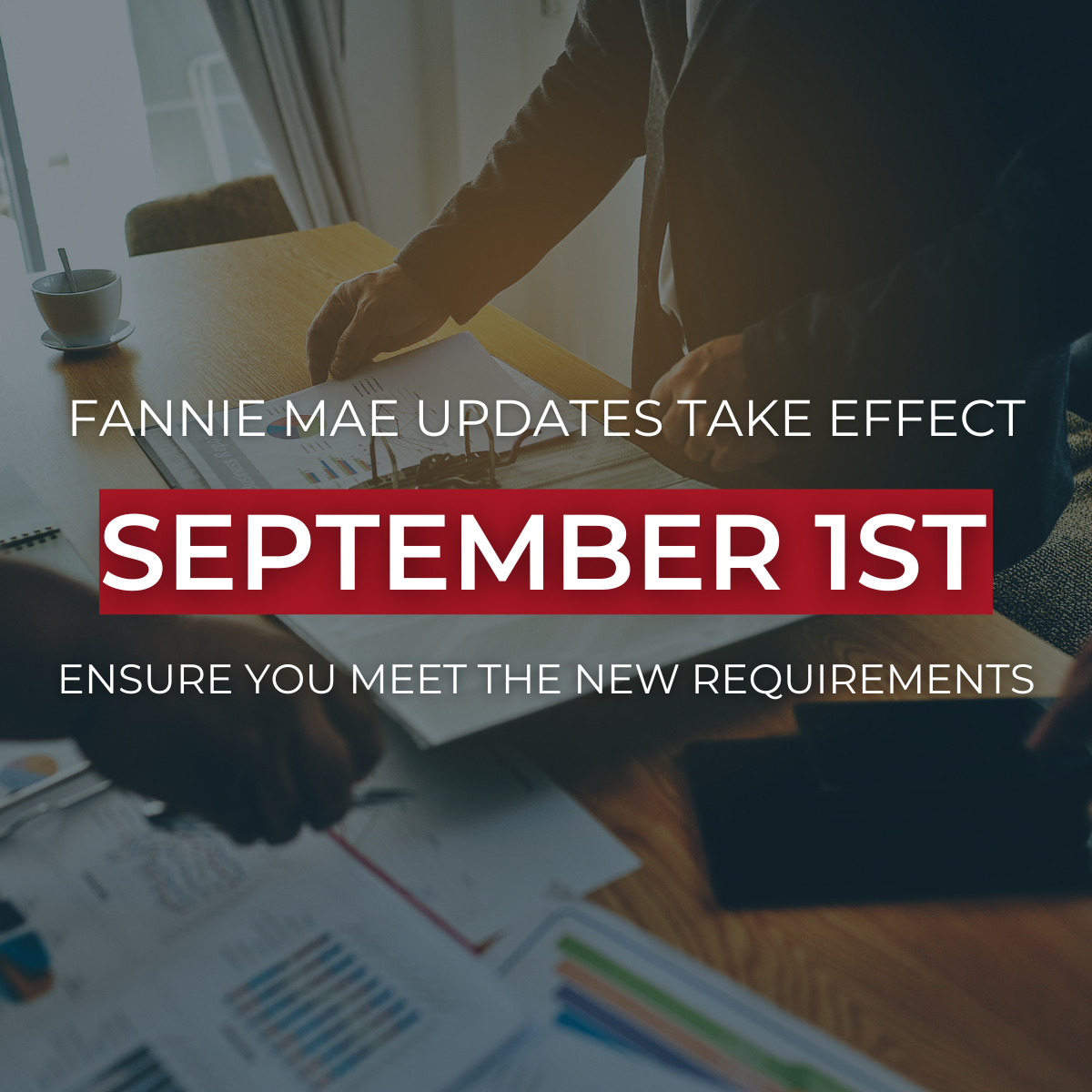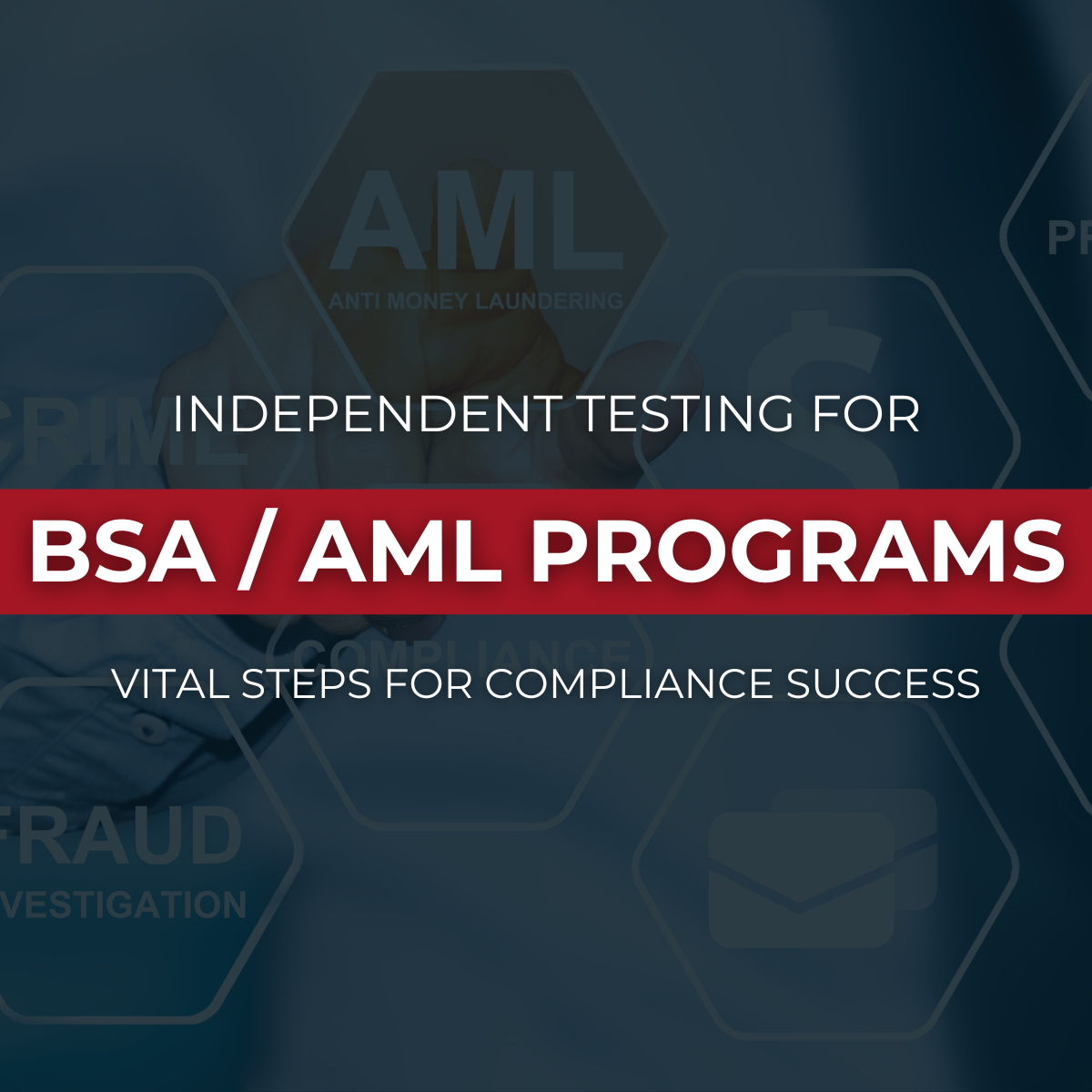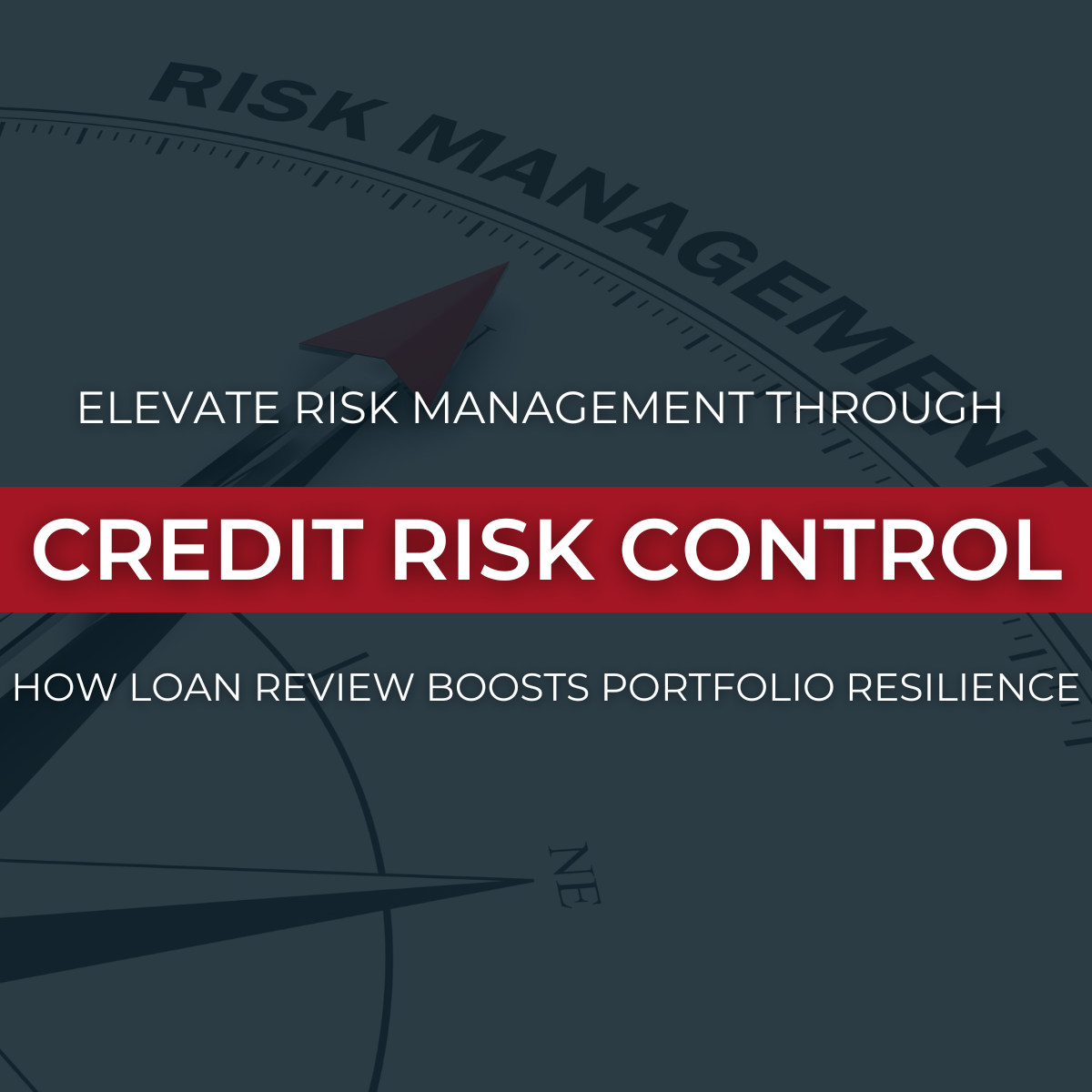Managing commercial real estate credit risk amid market shifts
By: Jerry Sutherin, President & CEO of Young & Associates
The landscape of commercial real estate (CRE) lending is shifting due to current economic events, presenting both challenges and opportunities for community financial institutions deeply entrenched in this sector. The challenges range from the profound impact of remote work trends and the uncertain future of office spaces to growing concerns about inflation and higher interest rates bringing CRE risk into the spotlight. This volatility has garnered increased attention from internal and external stakeholders, as well as regulatory authorities. Consequently, identifying the most pressing threats among these challenges and proactively mitigating risk has become a top priority for financial institutions with CRE exposure.
In the face of rising interest rates and delinquencies, many financial institutions are preparing to confront these economic stressors. In fact, some were already scaling back lending before the recent collapses of Silicon Valley Bank and Signature Bank. We have all witnessed the tightening of lending standards resulting from that event, and many analysts anticipate further tightening among all community financial institutions. This constriction is also impacted by limited deposits and liquidity forcing financial institutions to be selective in how they deploy their capital. These facts leave many analysts predicting when credit problems will emerge in the CRE sector.
Current CRE landscape at a glance
The evidence speaks for itself. According to S&P Global Market Intelligence, the delinquency rate for all CRE loans held in U.S. banks has increased by five basis points year over year. Moreover, within a single quarter earlier this year, the delinquency rate for nonowner-occupied nonresidential property loans spiked by a significant 24 basis points. This has led to tighter lending standards at origination, reflecting the concerns of institutions. Further, financial institutions are taking proactive measures to mitigate CRE risk after origination. Some have set aside high-single-digit percentage allowances for office loans. Others have reduced exposure through portfolio sales. Overall, loan originations have fallen, CRE sales have slumped, and forecasts indicate a drop in CRE prices.
The tightening of lending standards, the slowdown in the growth of CRE loans, and the impact on loan originations have emerged as central concerns in the financial sector. What unifies these factors is their inherent risk and whether they act as warning signals or responses. Managing CRE credit risk is undeniably intricate, but leveraging available strategies and tools empowers community banks, credit unions, and financial institutions to effectively navigate the ever-changing CRE lending sector. This enables them to proactively assess and plan for risk mitigation, rather than merely react to these changes.
Understanding commercial real estate risk
As CRE loans represent a substantial part of many banks’ loan portfolios and higher yielding assets, especially within community financial institutions, understanding the significance of CRE credit risk is paramount. Community banks and credit unions often operate in areas experiencing job and population growth, leading to a high demand for CRE lending and, in turn, a high concentration of CRE loans. This growth and its corresponding effects on loan portfolio concentration pose new challenges for banks in terms of risk monitoring and control.
While larger financial institutions commonly maintain experienced staff and even entire departments to manage these risks, it is generally not cost effective for smaller financial institutions to hire and maintain qualified resources to help mitigate the inherent risks. In the absence of an internal CRE risk management team, it is imperative for financial institutions to rely on independent third-party resources to assist in this crucial process.
Historical context and lessons from past experiences
A retrospective examination underscores the importance of proactive risk management. Many significant historical banking failures were largely attributed to overinvestment in CRE loans and the lack of an effective risk management process. Weak underwriting standards and poor portfolio management led to an oversupply of CRE properties and borrower defaults. Over time, regulatory improvements, such as stricter underwriting and risk management requirements, have been implemented. Nevertheless, predicting the future remains uncertain. We can only analyze past patterns and the shortcomings to properly assess future risks.
In 2023, community and regional financial institutions comprise approximately 72% of the CRE loan market, taking on an above-average amount of CRE credit exposure. Recognizing such circumstances is vital, as you should be alert to potential red flags. Identifying and managing CRE credit risk is critical.
Identifying emerging commercial real estate risk
A comprehensive understanding of CRE credit risk highlights the increasing complexity of its landscape. CRE credit risk is multifaceted, with numerous risk categories affecting CRE lending, including market risk, asset risk, liquidity risk, and credit risk, among others. To construct a robust risk management strategy, all these variables must be explored and considered.
To assess your financial institution’s CRE loan segment’s health, a systematic approach is needed. When determining if your CRE portfolio exceeds your institution’s risk appetite and how to quantify that risk and respond effectively, the answers lie in developing a comprehensive, tailored framework for assessing and analyzing your CRE loan market. The most recent regulatory interagency Statement on Prudent Risk Management for Commercial Real Estate Lending notes that institutions that successfully monitored risk have:
- Established appropriate loan policies, underwriting standards, and concentration limits.
- Conducted cash flow analyses based on realistic rates and expenses to ensure repayment ability and assessed borrowers’ ability to repay during interest rate fluctuations and loan structure changes.
- Analyzed the impact of economic changes on the loan portfolio’s quality, earnings, and capital.
- Provided boards and management with information to adapt lending strategies in changing market conditions.
- Maintained information systems to manage concentration risk effectively.
- Implemented appropriate appraisal review and collateral valuation processes.
With the many challenges faced by community financial institutions, the need to effectively identify, measure, and manage these risks has become paramount. While established best practices exist to address these risks, financial institutions must transition from assessing each risk in isolation to recognizing the interconnectedness and synergy between them. A more holistic approach to risk management is required, allowing institutions to confidently inform their capital planning, risk tolerance, and overarching strategy.
Strengthening commercial real estate risk management in community financial institutions
A comprehensive risk management strategy empowers financial institutions to adapt to market dynamics, instilling confidence among stakeholders and regulators. Alongside the factors discussed in the previous section, regulatory guidelines highlight two critical facets of CRE risk management: stress testing and portfolio reviews. While community financial institutions can execute these internally, outsourcing can offer efficiency and effectiveness.
Commercial real estate portfolio stress testing
Stress testing and sensitivity analyses are indispensable tools for evaluating CRE risk and gauging the impact of economic fluctuations on asset quality, earnings, and capital. These assessments should align with the portfolio’s size and risk profile. CRE stress tests inform strategic and capital planning, credit concentration limits, policy, and underwriting. Integrating stress testing into risk management and strategic planning is essential to anticipate and mitigate risks, especially given current market uncertainties.
Although loan-level stress testing serves a purpose on a transactional level at origination, financial institutions should also regularly perform portfolio-level stress testing that encompasses a bottoms-up and a top-down approach. The bottom-up approach allows financial institutions to gauge the risks of individual, seasoned loans by stressing each transaction through interest rate changes, collateral values, and other market factors. Implying moderate and high stress scenarios to each transaction allows for early identification of potential losses and their impact on the capital of your organization. The top-down approach takes the remaining portfolio not identified on a loan-level analysis and uses the same stressors to further identify any possible impact to capital.
Independent loan reviews for commercial real estate risk mitigation
Thorough loan reviews are pivotal for identifying and mitigating potential CRE portfolio risks. They enable banks to assess loan quality, maintain compliance with regulations, and make necessary adjustments on a loan and portfolio level. An effective loan review function is crucial for assessing asset quality, evaluating underwriting and ongoing monitoring, and identifying exceptions to policies. Proactive issue resolution ensures risk mitigation before regulatory scrutiny or asset quality deterioration.
To further safeguard against future losses, it is critical that a loan review be independent. If maintained internally at the organization, it should report directly to the audit committee of the board of directors or the full board of directors. If a third-party firm is contracted to perform this work, it too should report all findings to the board of directors or a committee thereof.
Tactical approaches to limit commercial real estate risk in an unpredictable market
To minimize exposure to CRE credit risk, institutions should enhance communication with borrowers, allocate additional resources for portfolio management, understand collateral, and manage interest rate risk. Effective market area monitoring, adaptable to the institution’s unique risk exposure and appetite, is essential. Clear communication of risk tolerance from the board down to lending staff fosters alignment and clarity.
Community financial institutions must not become complacent in their approach to risk management. It is critical to remain agile and continually adapt to changing environments and emerging risks, especially in the currently volatile realm of CRE lending. By staying proactive and employing a comprehensive risk assessment and management approach, banks and credit unions can successfully address CRE credit risk, safeguard their portfolios, and maintain their success.
Optimize your risk management strategies with Young & Associates
With over four decades of experience, Y&A specializes in helping community financial institutions manage risk. Our enduring presence in the industry reflects our ability to adapt to evolving financial landscapes. Our seasoned consultants, who have backgrounds in banking, bring firsthand experience of market fluctuations.
Outsourcing commercial real estate risk stress testing
Young & Associates offers a CRE portfolio stress testing service that efficiently and insightfully assesses your portfolio. Using data specific to your bank, we stress your CRE portfolio across various factors. Our report quantifies potential impacts on earnings and capital resulting from collateral value decreases, changes in property net operating incomes, or increases in interest rates. What sets us apart is our ability to handle the stress testing process efficiently, allowing your institution’s management to focus on other important initiatives.
Outsourcing loan review
For most community financial institutions, outsourced loan review is the best choice due to size and the need for an independent party. Our loan review service, applied to your CRE portfolio, uncovers individual credit assessments. It also evaluates the alignment of your credit standards, analysis, and continuous credit monitoring with the specific characteristics of your CRE portfolio. Our findings not only inform you about existing portfolio risks but also provide recommendations for effective risk management.
Contact us to explore how we can support your journey in addressing CRE credit risk effectively.












